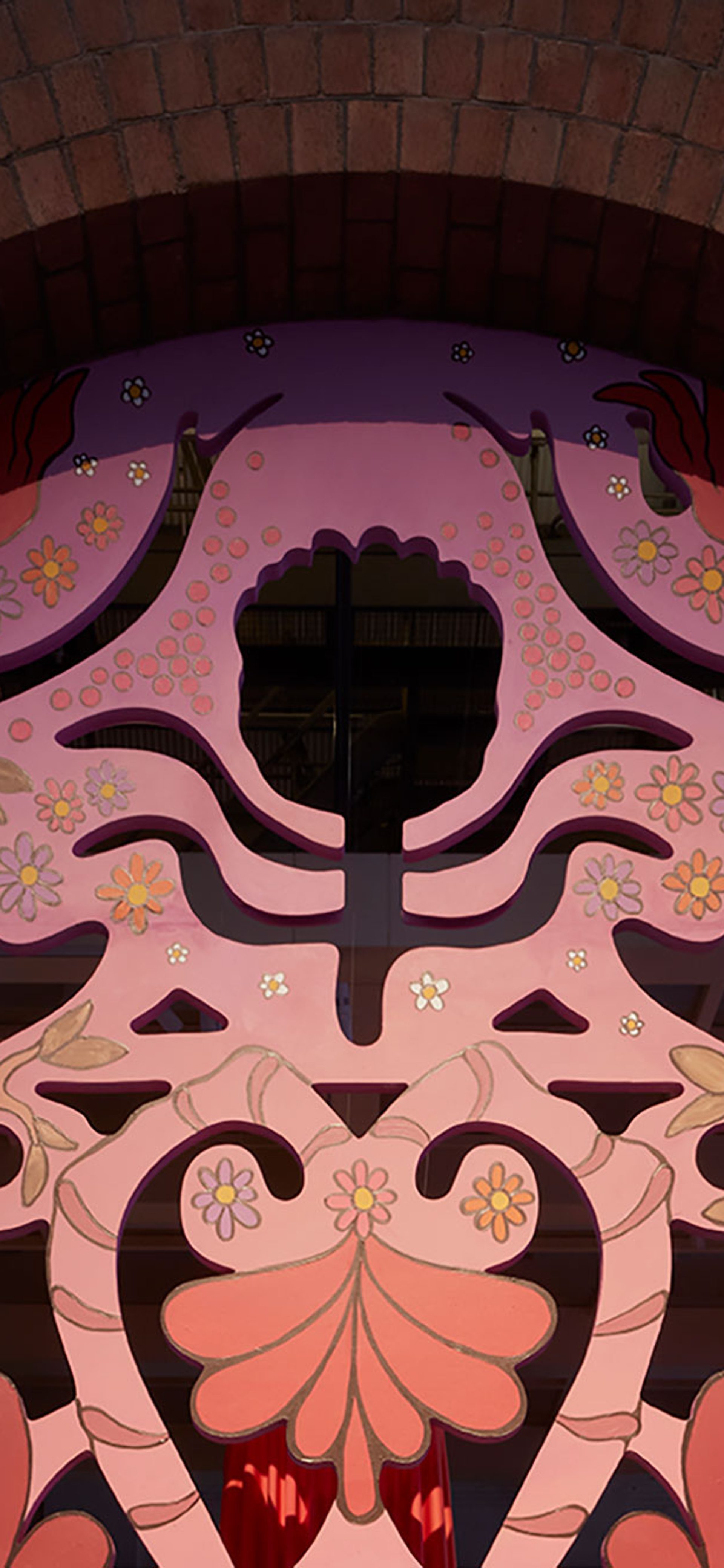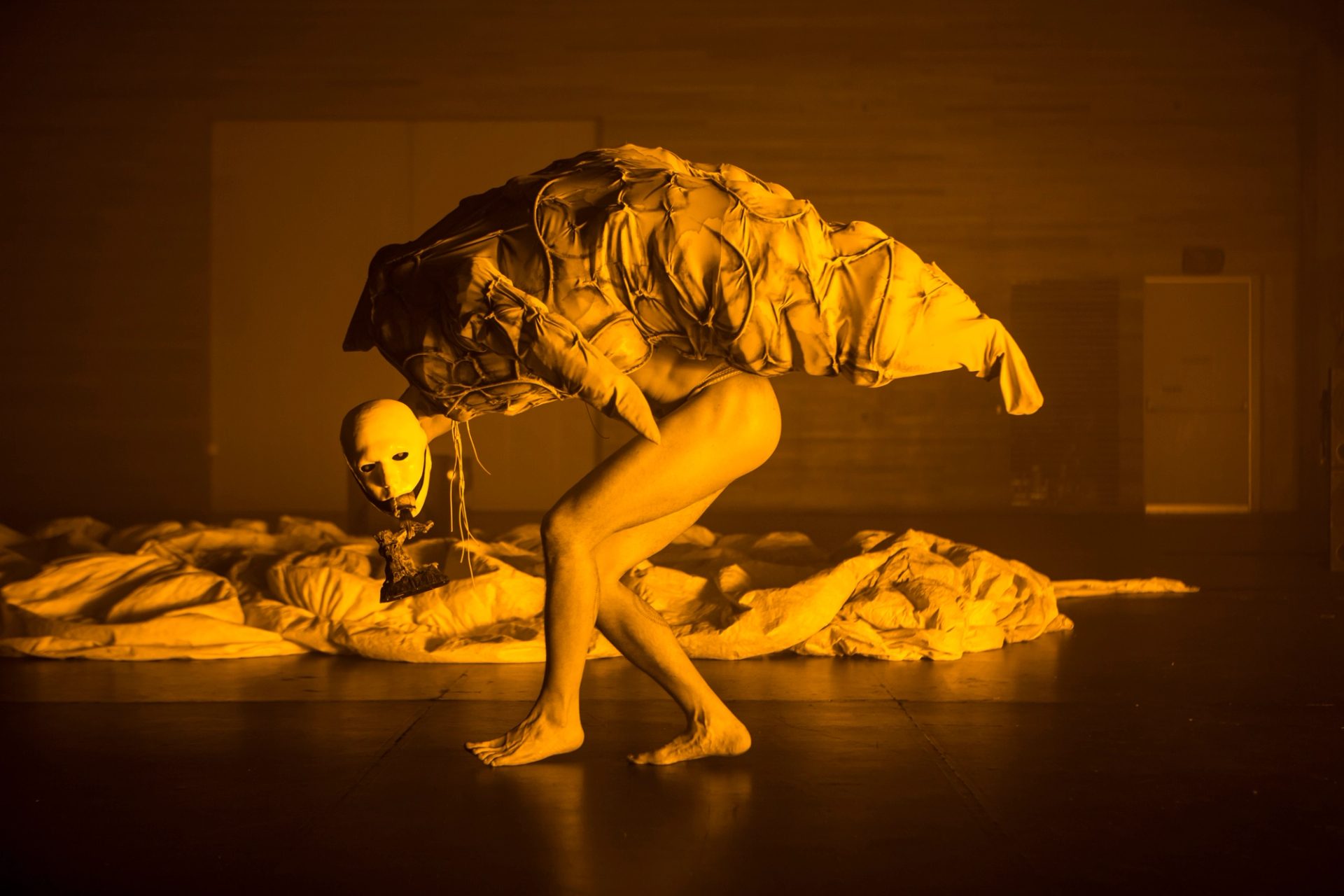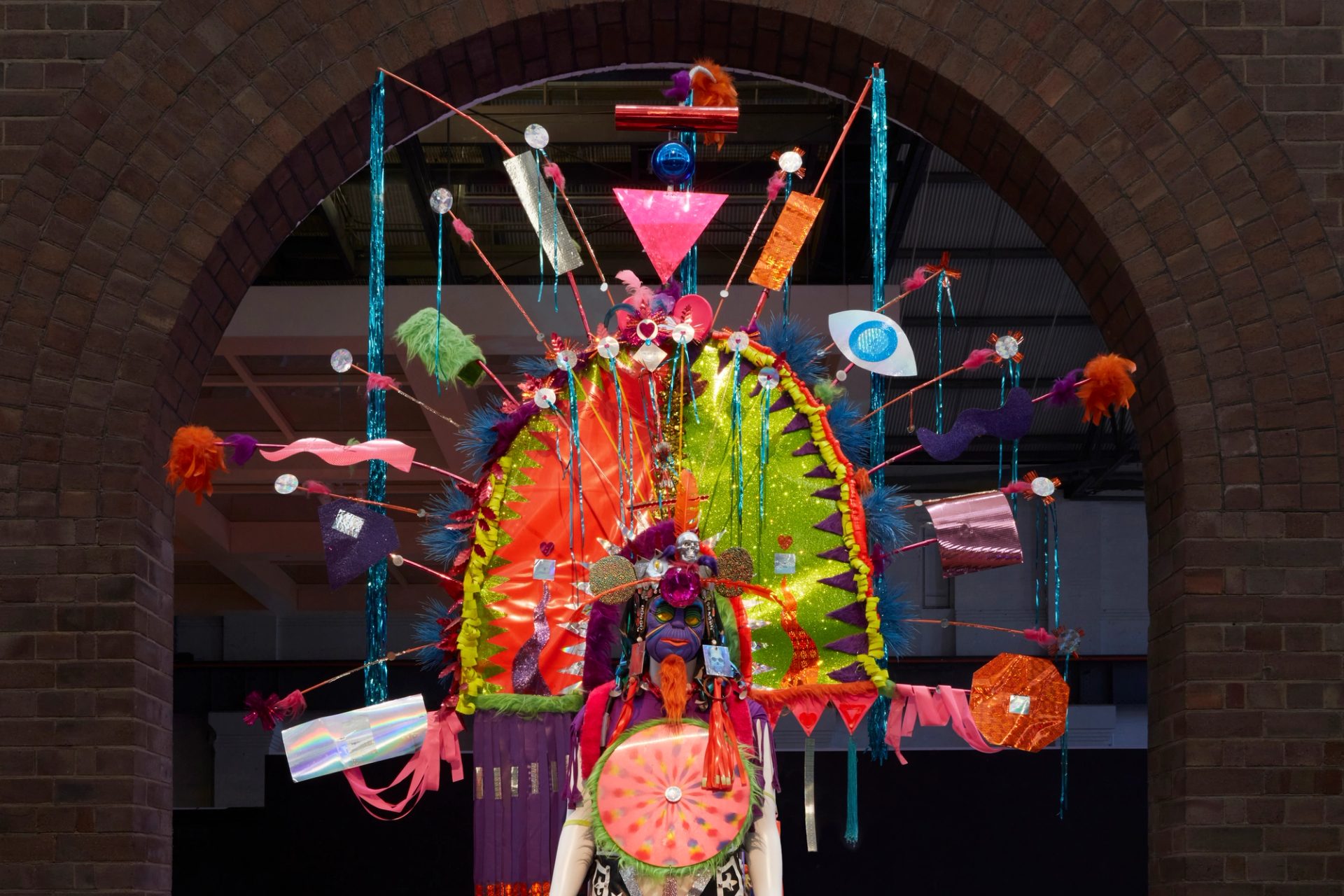Designers

These innovative Absolutely Queer designers and artists draw on life experience, joy and love to inspire their works, which are crafted with inclusivity and acceptance at heart.
Nikita Majajas (Doodad and Fandango)
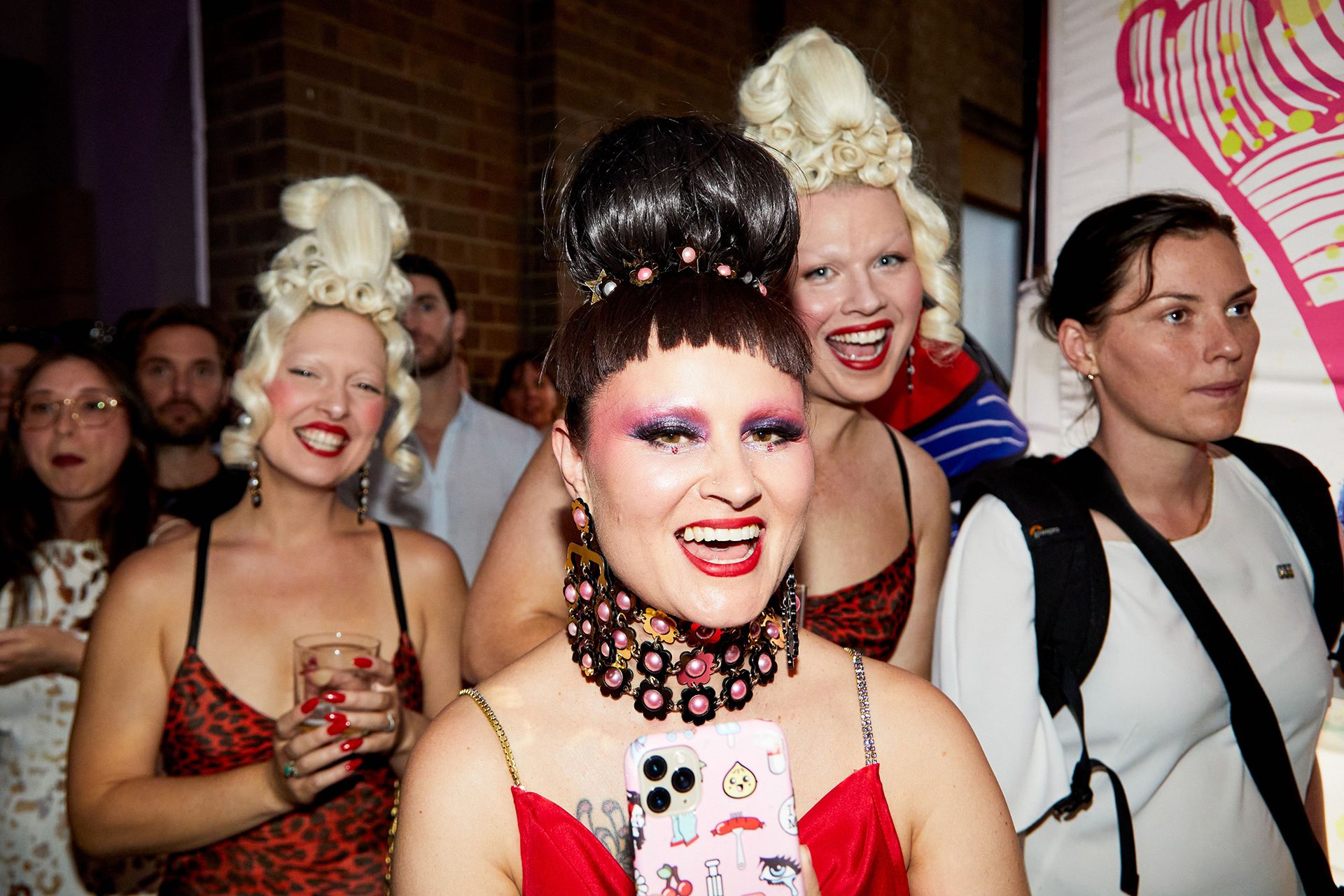
Nikita Majajas is the founder of label Doodad + Fandango and has worked in the fashion industry for 20 years. She handmakes colourful and playful pop art jewellery and decor from laser cut, laminated acrylic. Majajas’ work explores the intersection between art, fashion and activism and includes pieces supporting celebrating her queer community.
‘To me pink is the campest, queerest colour. Pink is absolutely queer.’
‘With my business, everything is instinctual. I make jewellery and I make objects and decor and artworks. Predominantly. I'm making things on a laser machine, and I'm using materials like acrylics and laminates and plywood and things like that; things that I can cut out on the machine.
My aesthetic is very pop art. I'd say lots of colour, lots of humour, lots of irreverence. And it all is a reflection on me and my aesthetic and my attitude to life. When I'm designing, I like to riff on an idea, so I'll often sort of spit out a collection.
An idea can't be expressed with just one little design. I feel like, oh no, there's a story I want to tell with that.’
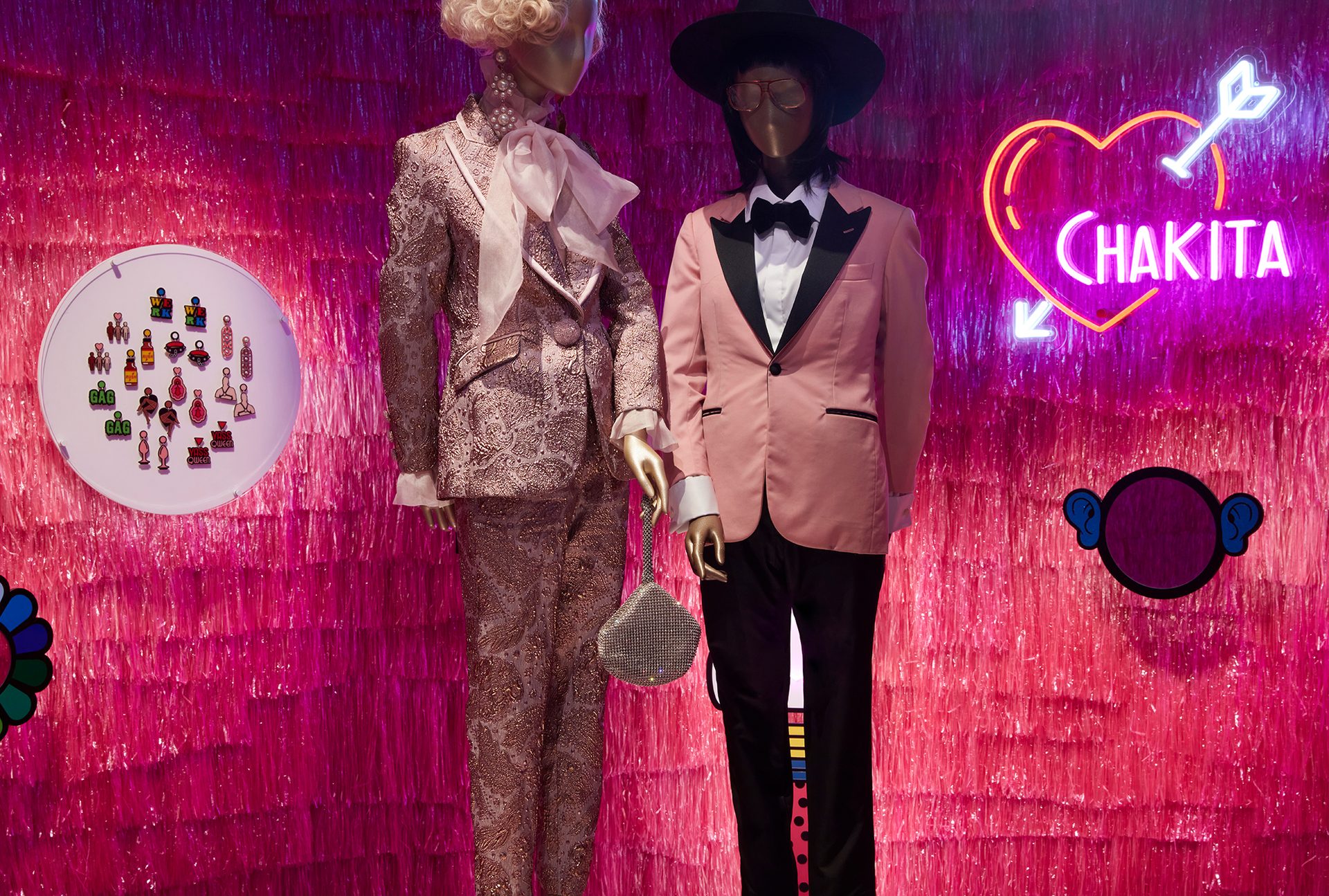
Katie-Louise Nicol-Ford and Timothy Nicol-Ford (Nicol & Ford)
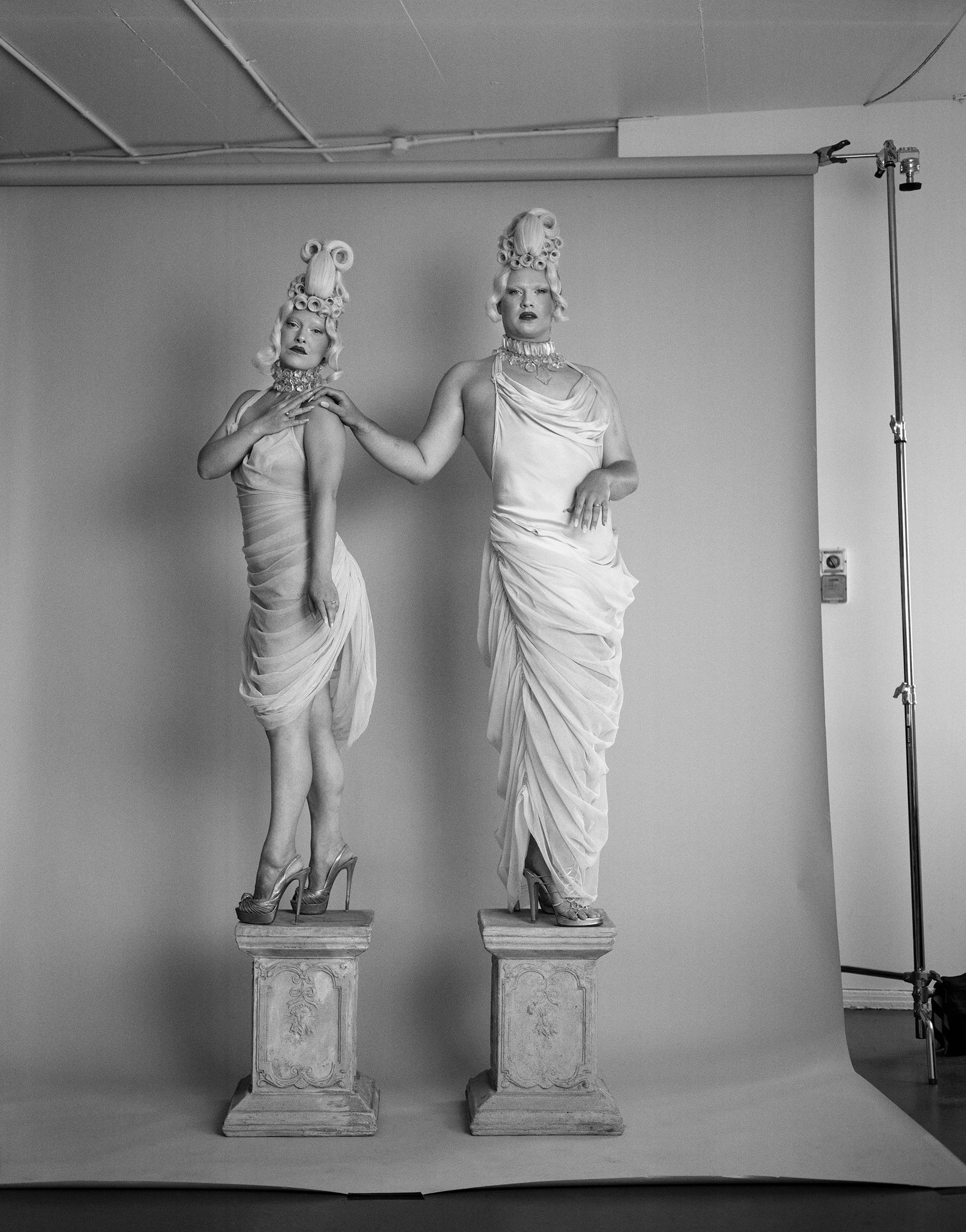
Nicol & Ford was founded in Sydney in 2014 by Timothy Nicol-Ford and Katie-Louise Nicol-Ford. An ethically produced, demi-couture label with garments made to order in their Newtown atelier, their designs are inspired by their love of fashion and textiles from eras past. Together they create story-based collections that seek to reverse queer erasure from history by unearthing figures from the past and celebrating their creative ingenuity and leadership.
‘The first collection was in 2014. We described it as a love letter to each other, and I think for me it's so powerful how that has grown.’
'I mean, we said it quite in the early days of our relationship, but it is such a core part of the way we express our love for each other in design, and for me, in being able to make garments for Nicol to express a gender journey. I mean, it's such an honour and a privilege and I get so much joy from it, so I can't ever imagine it ending.’
Katie-Louise Nicol-Ford
‘A lot of our work is informed by fabric because we work with designer remnant fabric as part of our sustainability practice. We don't generate our own textiles and we don't buy new textiles ... We find a meeting place between design and availability of fabric ... With our design, until someone embodies that garment or brings it to life, it's really just a piece of fabric. In addition to the physicality of all of the beautiful people who walked for us, we were really trying to tap into energies. There is a particular presence that each individual in our show carries. We have been incredibly supported by the queer community and we in turn try our best to support the queer community through our work. That's an exchange that we really actively engage in.’
Timothy Nicol-Ford
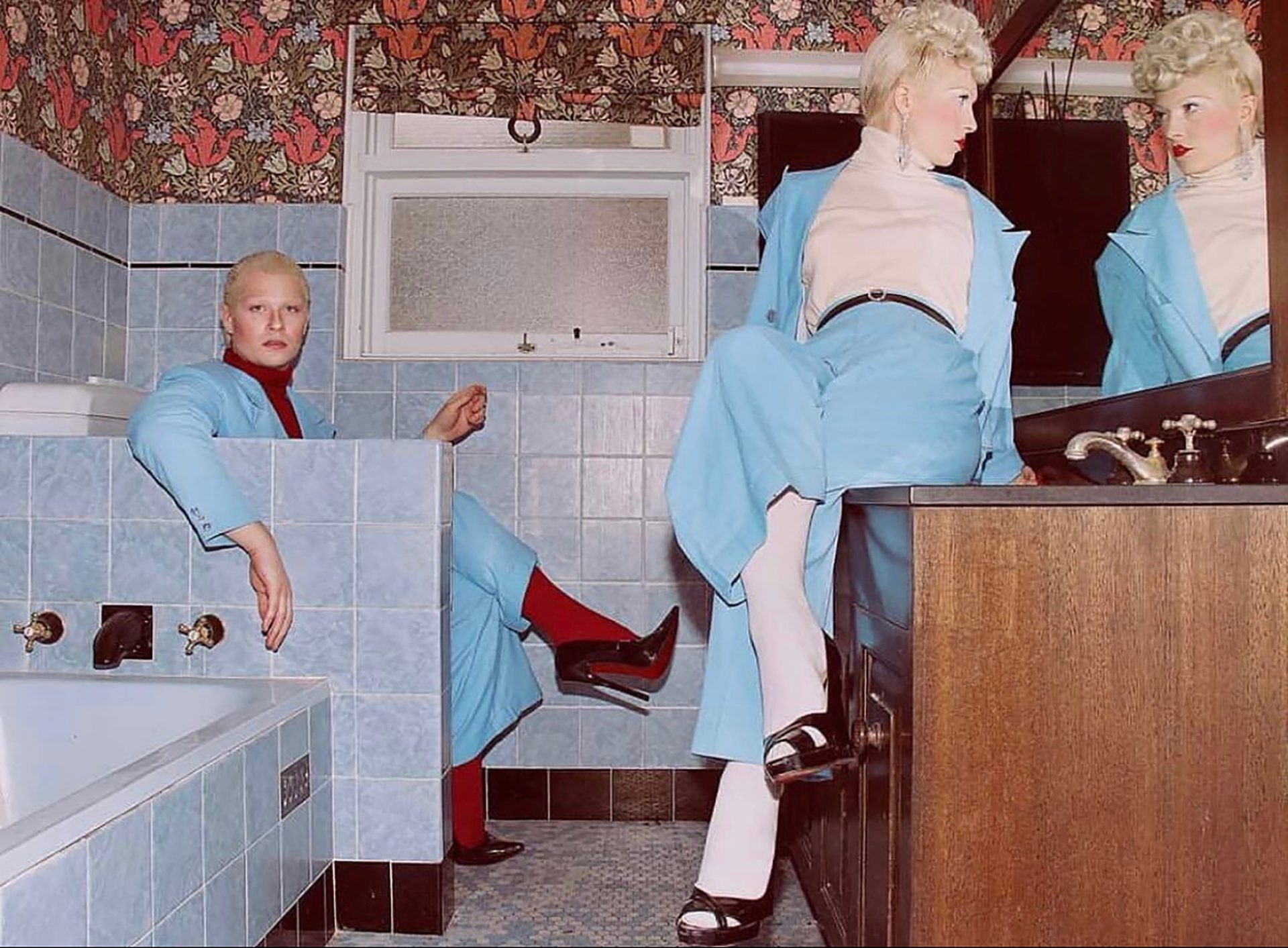
Dennis Golding
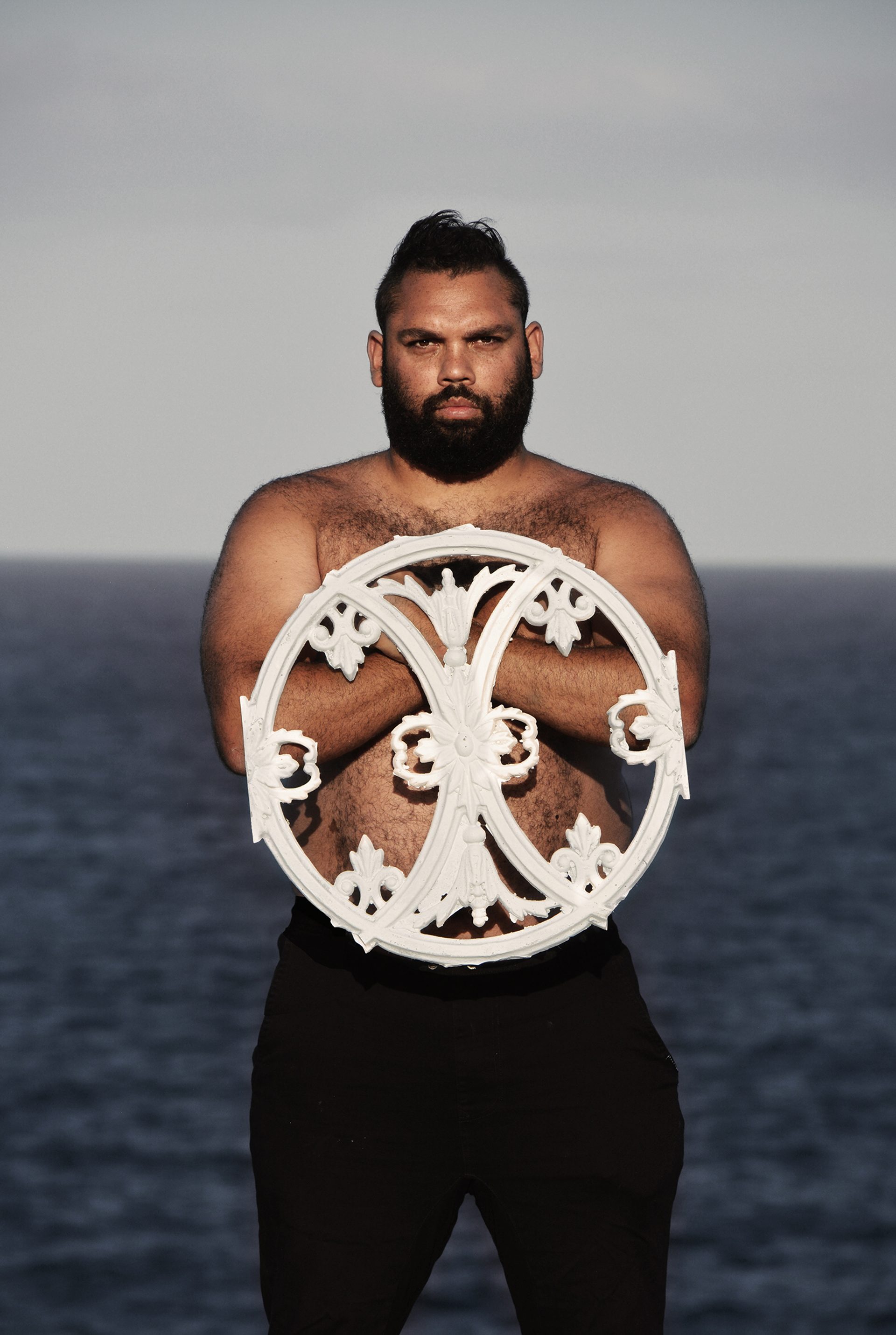
Dennis Golding is a Kamilaroi/Gamilaraay artist from the northwest of New South Wales who was born and raised in Sydney. Working in a range of mixed media including painting, video, photography and installation, Golding critiques the social, political and cultural representations of race and identity. His practice is drawn from his own experiences living in urban environments and through childhood memories. Golding was surrounded by art from his urban upbringing in an Aboriginal community in Redfern (often referred to as ’The Block’). As a young child he watched his mother and grandmother paint Australian native plants and animals, cultural motifs and human figures on large canvas and sheen fabrics.
‘I really wanted to see whether I could come up with my own heraldry and what that might even look like. What is Aboriginal heraldry? What are the stories and histories that aren't celebrated and aren't recognised today? What I try to do is to dismantle the fence, to really shift its function by not now acting as this boundary, but this invitation or this understanding of the reclaimed object.’
‘This positioning of whether you're inside or outside or the fence operates as this marking of place. It is also going back to those themes and concepts of what terra nullius means in this context of Australian occupation, that this place has already been occupied and owned and cared for, just not in a Western structure like fences and doors.’

Program
Absolutely Queer is an exhibition celebrating contemporary queer creativity for Sydney WorldPride 2023. The exhibition explores Sydney’s leading queer creatives who are reshaping attitudes towards their community through their work, creative processes and personal stories. Absolutely Queer features costumes, design, artworks, fashion, activism and multimedia.










